Starlink’s Broadband Satellites Found Leaking EM Radiation
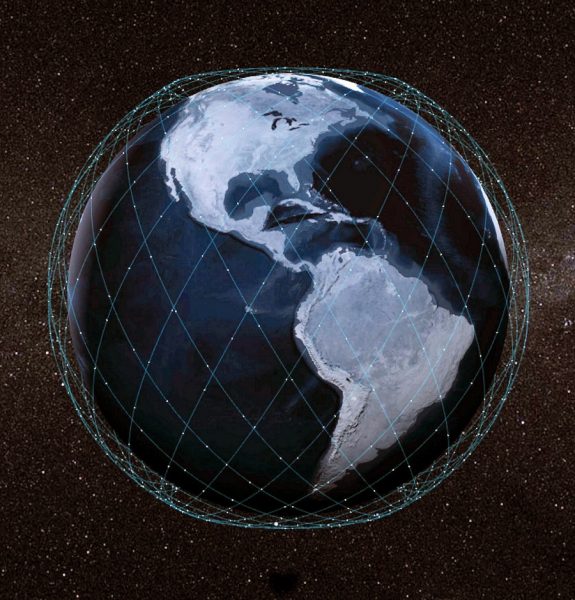
Radio astronomers have raised concerns after a new study revealed that SpaceX’s global network of Starlink broadband satellites, which form part of a mega constellation in Low Earth Orbit (LEO), were found to be leaking “unintended” electromagnetic radiation that overlaps with the protected radio frequencies used for astronomical observations.
At present Starlink has 4,430 LEO satellites in orbit around the Earth (altitude of c. 500km+) and they have approval to add roughly 7,500 more by the end of 2027. Customers in the UK pay from £75 per month, plus £449 for the regular home kit (standard dish, router etc.) and £20 for shipping on the ‘Standard’ Starlink package, which promises fast latency times of 25-50ms, downloads of c. 25-100Mbps and uploads of c. 5-10Mbps.
But a study of just 68 of these satellites, which was conducted by Germany’s Max Planck Institute for Radio Astronomy (here), found that 47 of those were leaking a tiny amount (a few microwatts) of “spurious radiation in the frequency range between 110 and 188 megahertz” (the protected bands).
Advertisement
According to the study, the observed leakage is “millions of times weaker than a mobile phone on the moon“, so it’s nothing to worry about for your average Joe or Jane on the street. The problem is that a) Starlink has masses of these satellites (i.e. the larger the constellation, the stronger the received leakage radiation) and, b) Radio Telescopes are incredibly sensitive devices where any leakage can potentially disrupt their observations.
However, just to be absolutely clear, Starlink’s satellites aren’t strictly breaking any rules here because the leakage is said to be “unintended” (i.e. there aren’t any international regulations in place to break), which means that it’s probably “due to electromagnetic leakage radiation from the on-board electronics“.
Statement by the Max Planck Institute
The radio signals that astronomers receive from space are usually very weak. Measuring instruments perceive radio-waves caused by humans as much more intense than the radiation from astronomical objects that propagates through space and hits the Earth. Prominent sources of cosmic radio-waves include shocked remnants from past stellar explosions or matter ejected from the vicinity of supermassive black holes.
Even though these are among the most intense energy sources in the universe, their great distance from the Earth makes for low signal strengths. If an astronaut on the moon had an average mobile phone with him or her, it would be measurable with terrestrial radio telescopes. The intensity of that signal would correspond to the brightest astronomical radio sources in the sky.
For this reason, radio telescopes are preferably shielded from terrestrial interference radiation.
At this stage, it’s not clear whether the observed satellites were of the original GEN1 design, or the latest GEN2 / V2 Mini’s, but the institute recognises that other operators of large satellite constellations may suffer from the same problem (e.g. OneWeb), and thus they’re preparing future studies to test that theory.
SpaceX is also said to have responded positively to the concerns and have “offered to continue to discuss possible ways to mitigate any adverse effects to astronomy in good faith“. As part of their design iteration, SpaceX has already introduced changes to its next generation of satellites (it’s unclear if this applies to their GEN2 Mini’s), which could mitigate the impact of these unintended emissions on important astronomical projects.
Advertisement
The early recognition of the problem is said to be providing the necessary time to work together on technical solutions and to hold the necessary discussions with the regulatory authorities. We should point out that SpaceX has previously also adapted their satellites to make them less disruptive for visual observations too, such as those used for optical astronomy (pictures of galaxies, asteroids etc.). This too is an ongoing area of work.
Mark is a professional technology writer, IT consultant and computer engineer from Dorset (England), he also founded ISPreview in 1999 and enjoys analysing the latest telecoms and broadband developments. Find me on X (Twitter), Mastodon, Facebook, BlueSky, Threads.net and Linkedin.
« Wildanet Says Gigabit Broadband May Give Devon a £1bn Boost





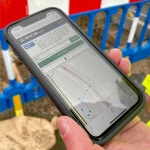



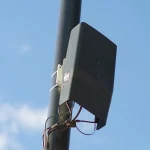



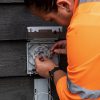
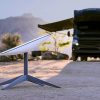
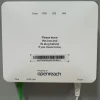






































Force them to replace them all.
This is literally nothing. My time reading this has been wasted lol
It’s only slightly less nothing than the regular ESG PR statement articles
A microwave puts out 5 milliwatts per square centimeter or radioation .. ban them all too much closer than Starlink
They do.
US as an example
“””
The most severe restrictions to the general public are imposed within a 20-mile (32 km) radius of the Green Bank Observatory.[5] The Observatory polices the area actively for devices emitting excessive electromagnetic radiation such as microwave ovens, Wi-Fi routers and faulty electrical equipment and request citizens discontinue their usage. It does not have enforcement power[6] (although the FCC can impose a fine of $50 on violators[7]), but will work with residents to find solutions.[8][9]
“””
It has real impacts for radio astronomers – https://www.theguardian.com/science/2015/may/05/microwave-oven-caused-mystery-signal-plaguing-radio-telescope-for-17-years
https://en.wikipedia.org/wiki/United_States_National_Radio_Quiet_Zone#:~:text=The%20most%20severe,8%5D%5B9%5D